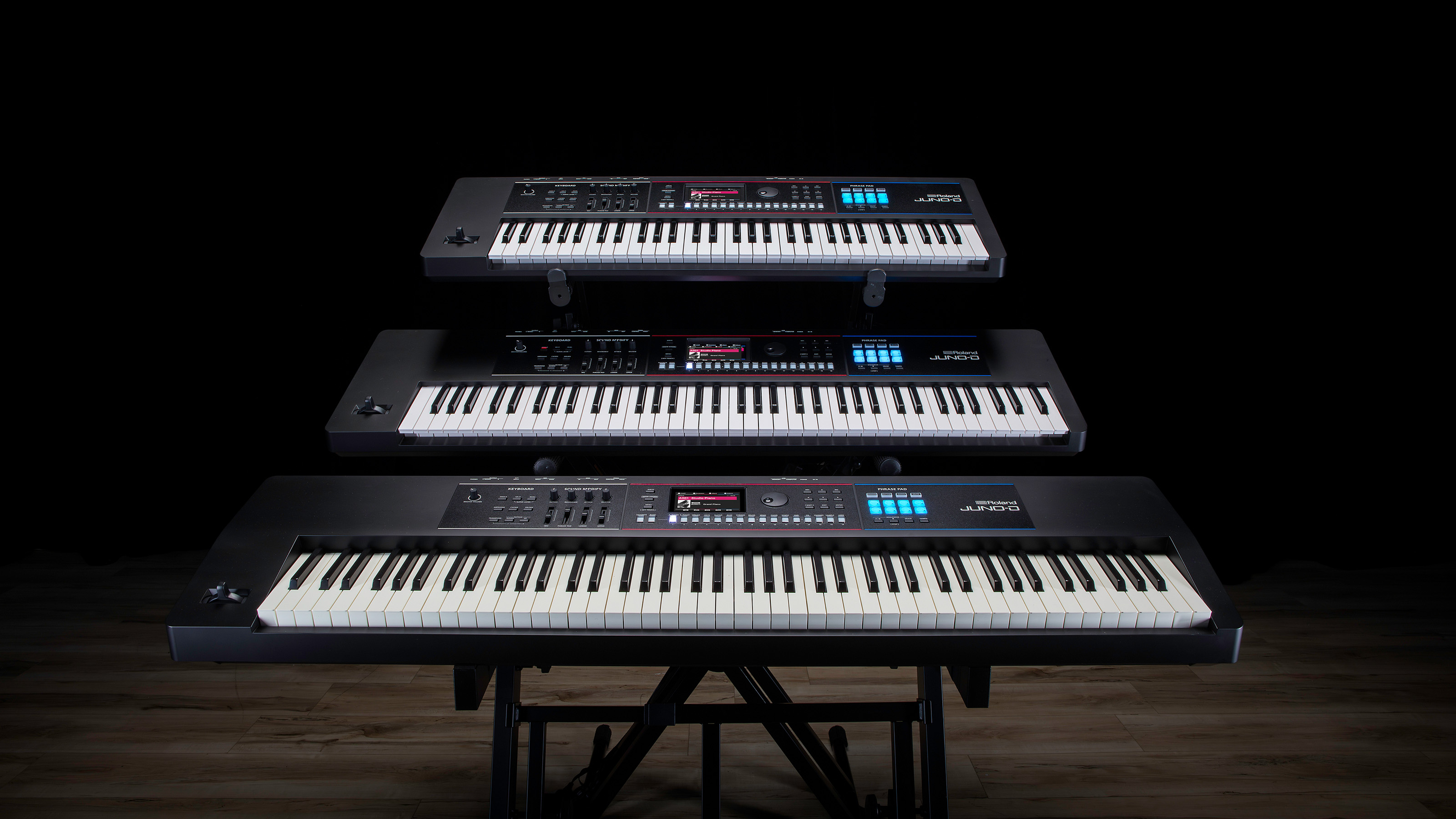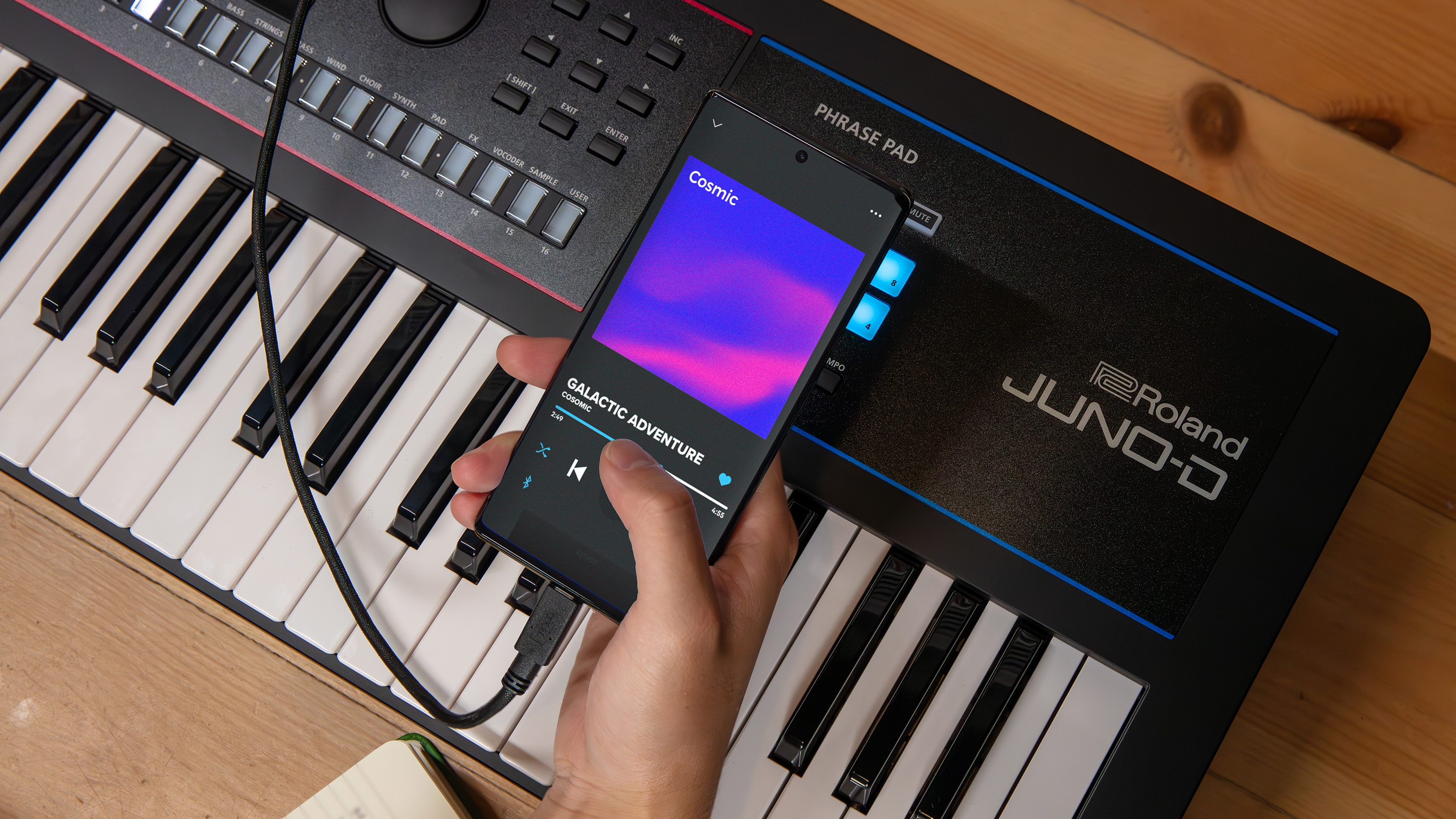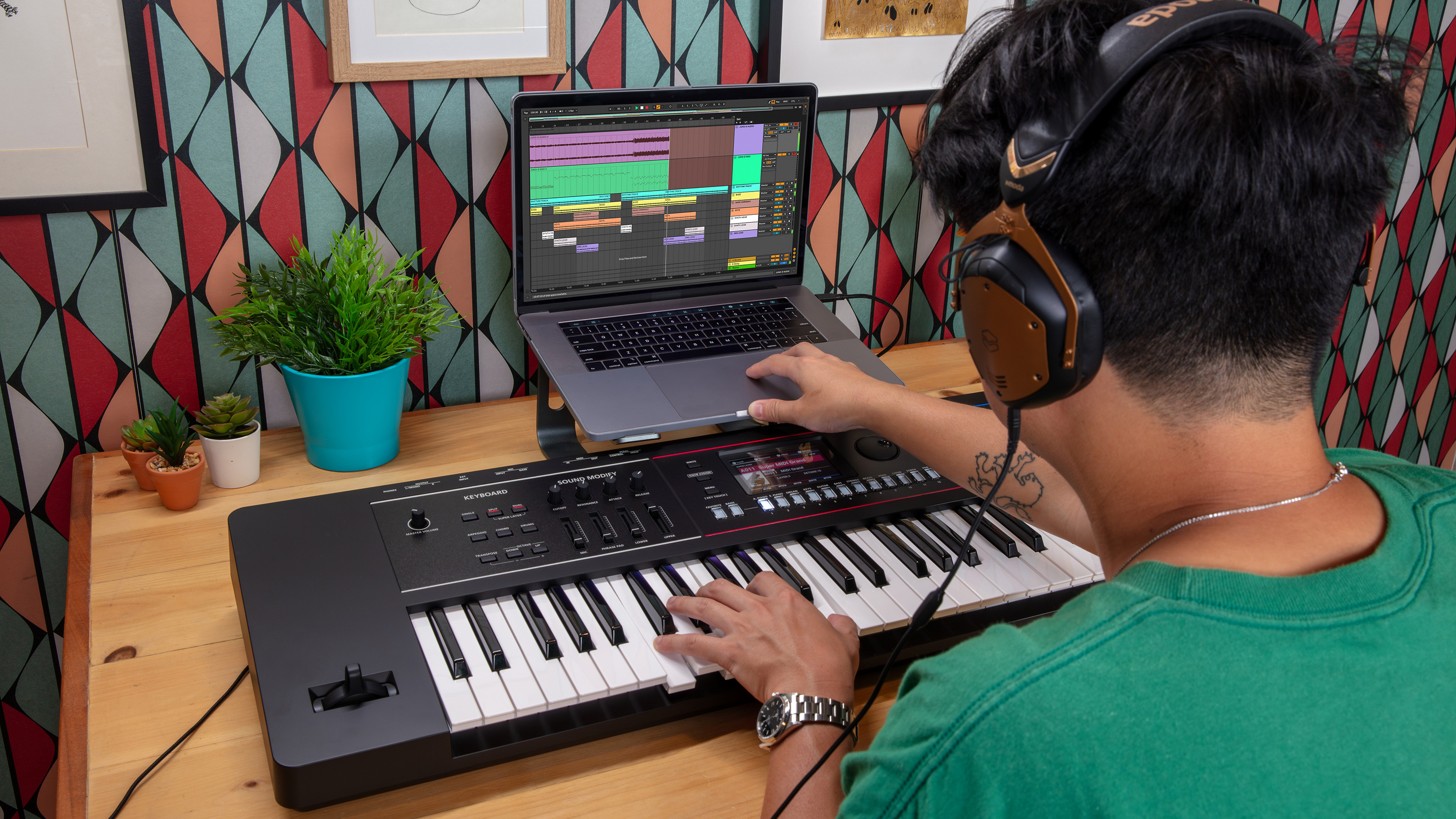Roland’s revamped Juno-D synths are “streamlined keyboards for gigging musicians and budding music creators”
Roland’s latest spin on its Zen-Core format includes vocal processing, USB audio and handy performance tools
Roland’s 2024 synth range is sprawling and can be a little confusing. Between the Aira and Boutique ranges, Fantoms, Junos, Jupiters and JDs, the iconic instrument brand has a multitude of hardware keyboards and modules to choose from, with a fair amount of crossover between models when it comes to the sounds and features on offer.
That picture has just gotten a touch more complicated with the introduction of another new version of an existing keyboard line – the Juno-D. The original Juno-D arrived in the mid-’00s, offering an affordable keyboard-workstation equipped for various styles of aspiring and gigging musicians. The range has evolved over the years, with the last instalments being the Juno-DS range launched in 2015.

Available in three variations, these updated Juno-D models are versatile-looking synth keyboards that borrow numerous features from the top-end Fantom keyboards, albeit at a more accessible price point. Roland describes the range as “streamlined keyboards with powerful features for gigging musicians and budding music creators.”
The Juno-D keyboards are all powered by Roland’s Zen-Core engine, the sample-and-synthesis system behind many of the company’s recent instruments. This gives each instrument access to over 3800 sounds, including staple synth tones, pianos, organs, orchestral sounds, percussion and a variety of classic sounds from Roland’s heritage gear. Sample import also allows users to create and play custom patches.
The Zen-Core ecosystem also allows users to expand the sounds of their hardware instrument via Roland Cloud. By creating an account, Juno-D users can access a selection of free expansion packs as well as purchase themed packs that can be uploaded to the hardware.
The Juno-Ds are lightweight and easy-to-use instruments pitched at aspiring players, small bands and gigging musicians. To that end, the instruments offer a broad range of hands-on controls and can be powered via either a mains input or a USB-C battery pack. The instruments’ USB-C input can also be used to play songs or backing tracks from a smartphone, flash drive or computer. The keyboards also include an integrated audio/MIDI interface.

The instruments come equipped with a versatile selection of playing options and tools. The sound engine is multitimbral and the keyboards can be assigned split and dual modes, or what Roland calls a Super Layer, which allows the user to stack and detune multiple instances of a sound. There’s also a multi-track sequencer, arpeggiator and chord mode, plus a system of favourites for quickly accessing sounds.
Want all the hottest music and gear news, reviews, deals, features and more, direct to your inbox? Sign up here.
As well as playing the keyboard sounds themselves, the Juno-Ds feature a mic input that allows users to process their voice with a range of effects, including EQ, compression, auto-pitch and a vocoder.
The three models in the range only differ based on their keyboards, which the range inherits from the top-end Fantom keyboards. The 61-note Juno-D6 and 76-note Juno-D7 are equipped with synth-action keyboards. The Juno-D8 has an 88-note weighted-action keyboard with hammer action.

While much of the sound content here will feel familiar to anybody that’s kept up with Roland’s multiple variations on the Zen-Core keyboard theme, it must be said that these particular configurations look undeniably handy for players working in small bands or playing regular solo gigs.
Roland Juno-D6, Juno-D7, and Juno-D8 are available now priced at $899, $1,149, and $1,299. Find out more at the Roland website.


I'm the Managing Editor of Music Technology at MusicRadar and former Editor-in-Chief of Future Music, Computer Music and Electronic Musician. I've been messing around with music tech in various forms for over two decades. I've also spent the last 10 years forgetting how to play guitar. Find me in the chillout room at raves complaining that it's past my bedtime.
